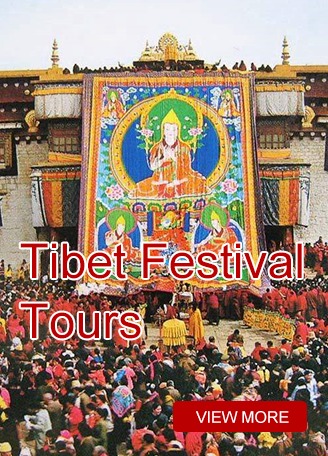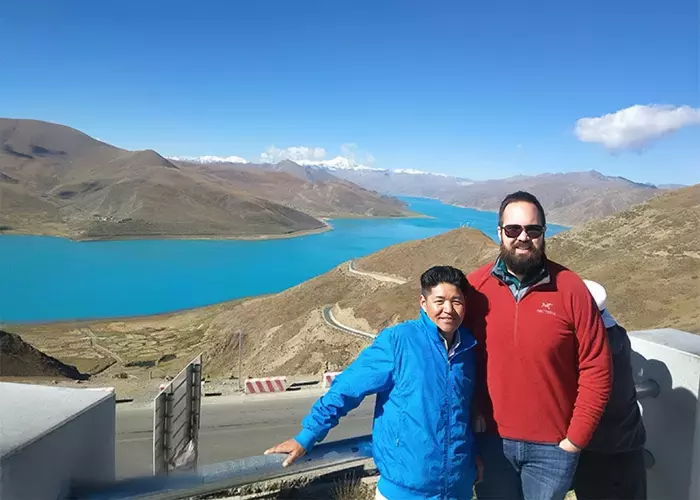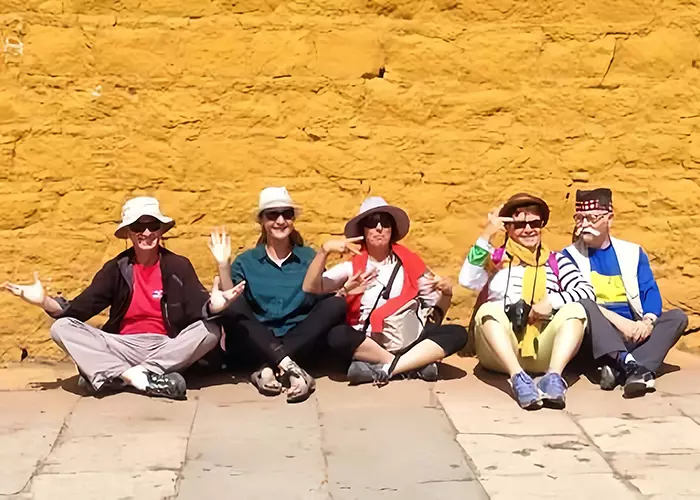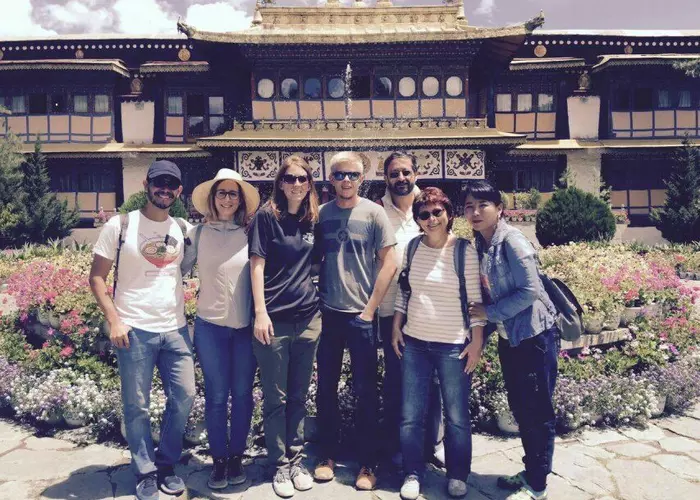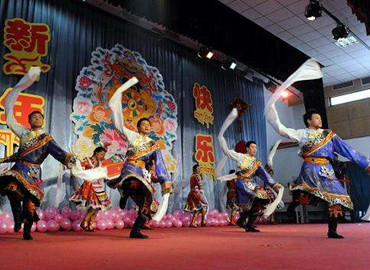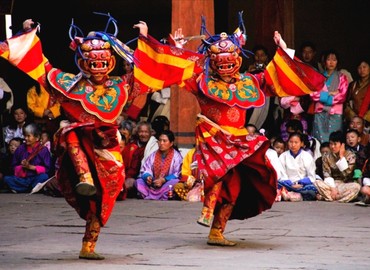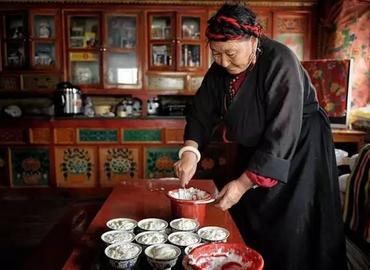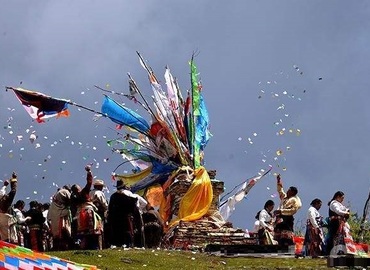Tibetan Shoton Festival
- Caroline
- Last Updated : 11/19/2025
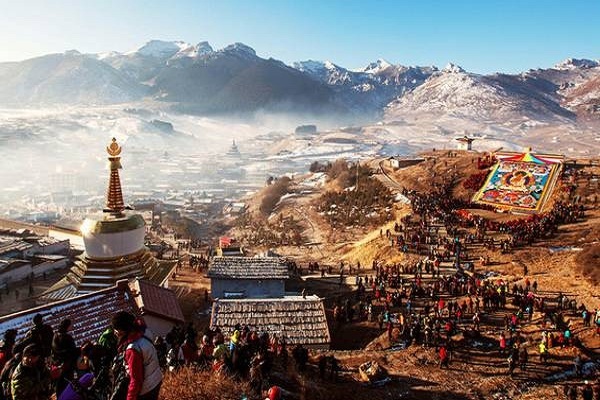
Shoton Festival, also called Sho Dun Festival, is a traditional religious festival for all the Tibetans who live not only in the Tibet Autonomous Region, but also in Qinghai, Gansu, Sichuan, and Yunnan provinces. It starts on June 30th of the Tibetan calendar, which usually is in August of the solar calendar. This festival lasts 5 days. In the Tibetan language, “sho” means yogurt, “ton” means banquet, so you can consider it a feast of eating yogurt. Accompanied by the wonderful Tibetan opera performances and the ceremony of unfolding a huge Tangka, it is called the “Tibetan Opera Festival” or “Unveiled Buddha Festival” as well. Besides the main activities, people can watch breathtaking yak or horse races as an option. The Shoton Festival of 2026 will start on the 12th of August.
History
It dates back to the middle of the 11th Century; the Drepung Monastery was the first place to hold the Shoton Festival. It was an absolutely religious event of Buddhism from the beginning. According to Buddhist teaching, there are more than 300 commandments, among which killing is the most severe sin to avoid. The insects increase to large numbers in Summer; thus, the Gelug Sect of Buddhism has strictly regulated lamas to stay only in Monasteries from April to June of the Tibetan calendar, to keep away from the damage to those tiny creatures. This action is called “Ya Le” or “Peaceful living in Summer,” and it would last for nearly two months initially. Lamas could break the ban and go out until the end of June, while the laypeople would offer them Yogurt as a reward for their hard practice. Besides, a banquet would be held in the wild ground, where people performed Tibetan opera to celebrate the opening. As time passed, this celebration developed into an annual Buddhist feast and finally became the Shoton Festival on such a large scale.
Where to Hold the Shoton Festival?
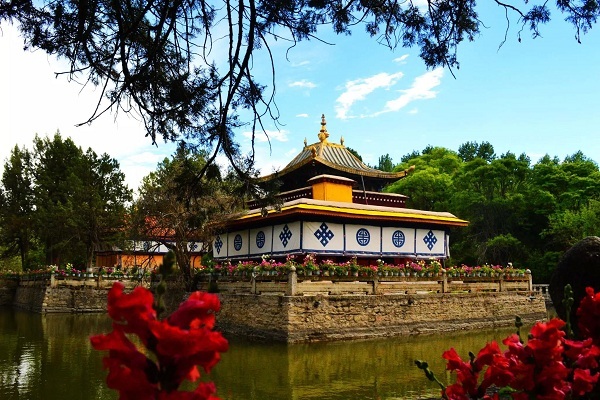
Lhasa is the first city to hold the Shoton Festival. There are big celebrations around three places---the Drepung Monastery, Norbulingka, and the Potala Palace. Compared with the other two, Norbulingka, which used to be the summer palace for successive Dalai Lamas, is the central venue.
What to Expect During the Shoton Festival?
1. Prolog ---The ceremony of unfolding the huge Tangka
A huge Tangka embroidered with a picture of Sakyamuni is kept in the Drepung Monastery as a priceless treasure. On the first day of the Shoton Festival, this 500 square meters Tangka will be carried out by about 100 lamas and delivered to the west of the monastery, where there is a platform for the exhibition. It begins at 8 a.m. when the horns are heard all over the valley. People get excited when the Tangka is opened up little by little on the hillside. Lamas start to chant scripture, and pilgrims offer white Khata (one kind of saintly scarfs representing best wishes) to Buddha for a blessing.
Thousands of khata flying in front of the Buddha picture make it a remarkable scene that will impress anyone on the spot. Two hours later, the Tangka will be rolled up and sent back to Drepung Monastery, waiting to be brought to light the next year.
2. Eating Yogurt
After the solemn unveiling ceremony, the rest of the Shoton Festival is full of entertainment. Tibetan families will have a picnic in Norbulingka, which was a royal park for Dalai Lamas but is now open to the public. The dressed-up Tibetan people come to the park early in the morning, set up colorful tents, put the mats on the ground, and prepare food and beverages in advance. They celebrate the festival by singing, dancing, and eating the symbolic food of Yogurt, and drinking butter Tea, or Qingke Liquor. They also invite friends to share their happiness. The harmonious atmosphere covers every corner of the park.
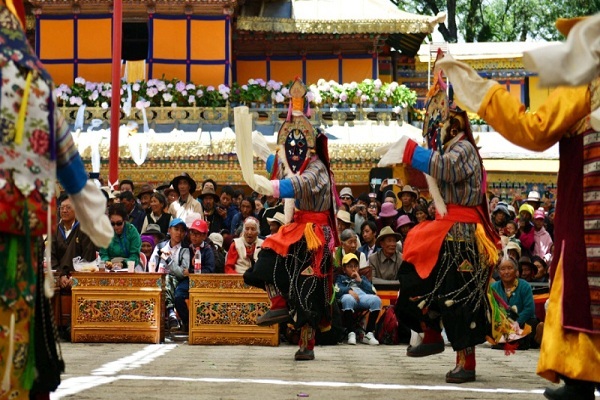
Another vital activity for the Shoton Festival is watching the traditional Tibetan Opera. From the second day on, there are Tibetan Opera performances that start at 11 a.m. and end up till dark. The troupes usually perform at Norbulingka and another park named “Long Wang Tan” (the pond of the dragon king) near the Potala Palace. The original Tibetan opera typically lasts for several days, while the performances for the Shoton Festival have to be concentrated into a short one due to the limited time. But it will not affect the passion of either the performers or the audiences. During this time, the Tibetan opera troupes from Qinghai, Sichuan, Gansu and Yunnan provinces will come to Lhasa for competition. On the other hand, it’s also an opportunity for them to exchange skills and, therefore, get improvements.
Conclusion
Today, the Shoton Festival has grown from a simple offering of yogurt to returning lamas into one of Tibet’s most vibrant annual celebrations. With its solemn Tangka unveiling, joyful picnics in Norbulingka, and captivating Tibetan opera performances, the festival brings faith, culture, and community together in a lively and harmonious way. For visitors and locals alike, it is a meaningful moment to experience the living traditions of Tibetan life.
Recommended Tour Packages
Email response within 0.5~24 hours.


